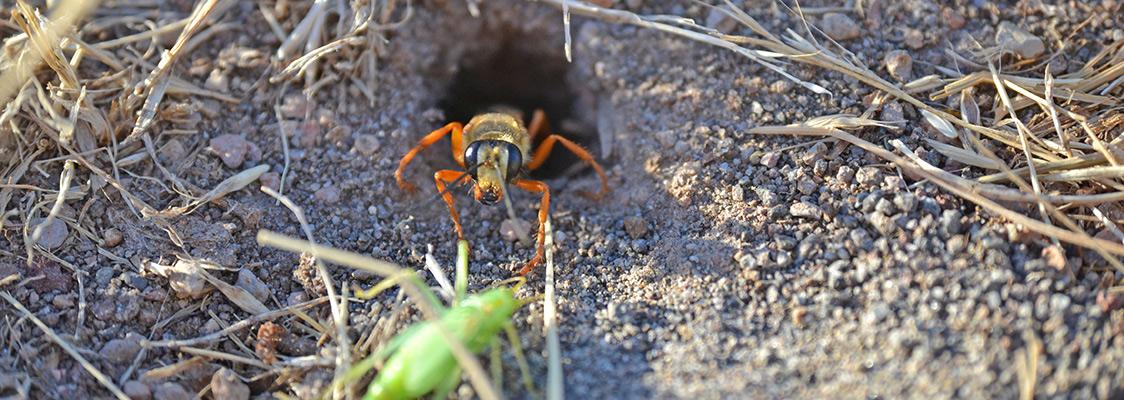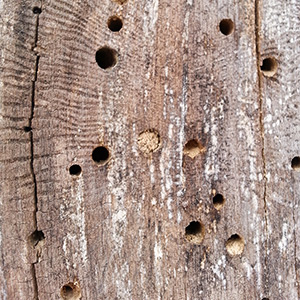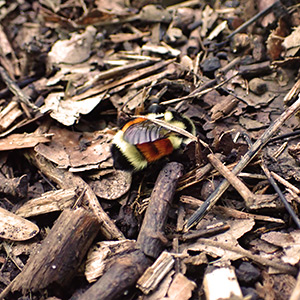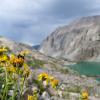Of the approximately 3,600 bees native to the United States, 70% nest in the ground, laying eggs in burrows just below the soil. The other 30% nest in cavities and lay their eggs in holes in dead wood or create nesting chambers in hollow plant stems. Bumble bees, the only bees native to the United States that have a queen and colonies, nest in cavities. Suitable cavities can be hollow trees, holes in rock walls, or underground in places like abandoned rodent holes.
Butterflies and moths lay their eggs on plants and trees called “host plants”. These plants provide food and shelter to the caterpillars when they emerge. Some butterflies and moths are specialists – laying their eggs on only one species of plant. Other butterflies and moths are less specific, and will lay eggs on a wide variety of plant species.
The vast majority of pollinators and other insects spend winter right where they spent all summer – they’re just less active and more hidden. Many insects overwinter in soil, while others, like bumble bee queens and many butterfly species, rely on leaves and brush to protect and insulate them.
Leave bare soil
Ground-nesting bees need access to bare earth. Thick layers of mulch, lawns, and paved surfaces often found in towns and cities reduce nesting habitat for these bees. Consider mulching with compost instead of wood bark mulch - it has many of the same aesthetic, weed suppression, and water retention properties as mulch, yet allows for nesting and improves your soil!
Save the stems
Plants with pithy stems, such as raspberries, provide excellent habitat for small carpenter and other cavity-nesting bees.
Keep dead trees
Allow dead trees or snags to remain in your landscape, or add some to your habitat areas.
Leave the leaves
Many species of pollinators and other beneficial insects overwinter underneath leaf litter. Some, like bumble bee queens, overwinter as adults, and others overwinter as eggs, larvae, or pupae.










